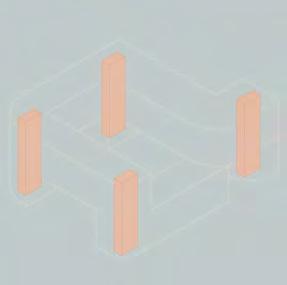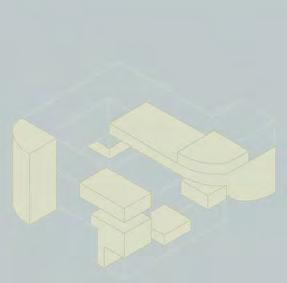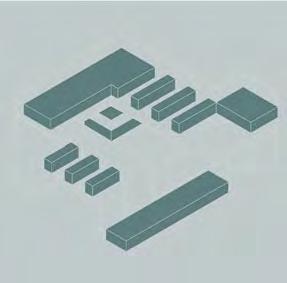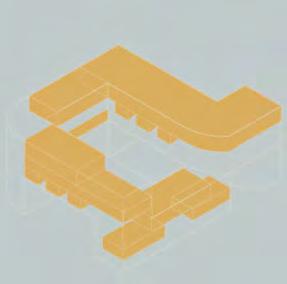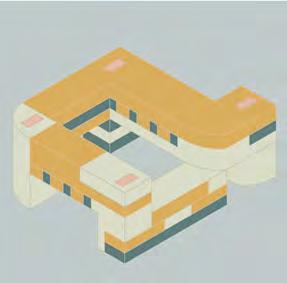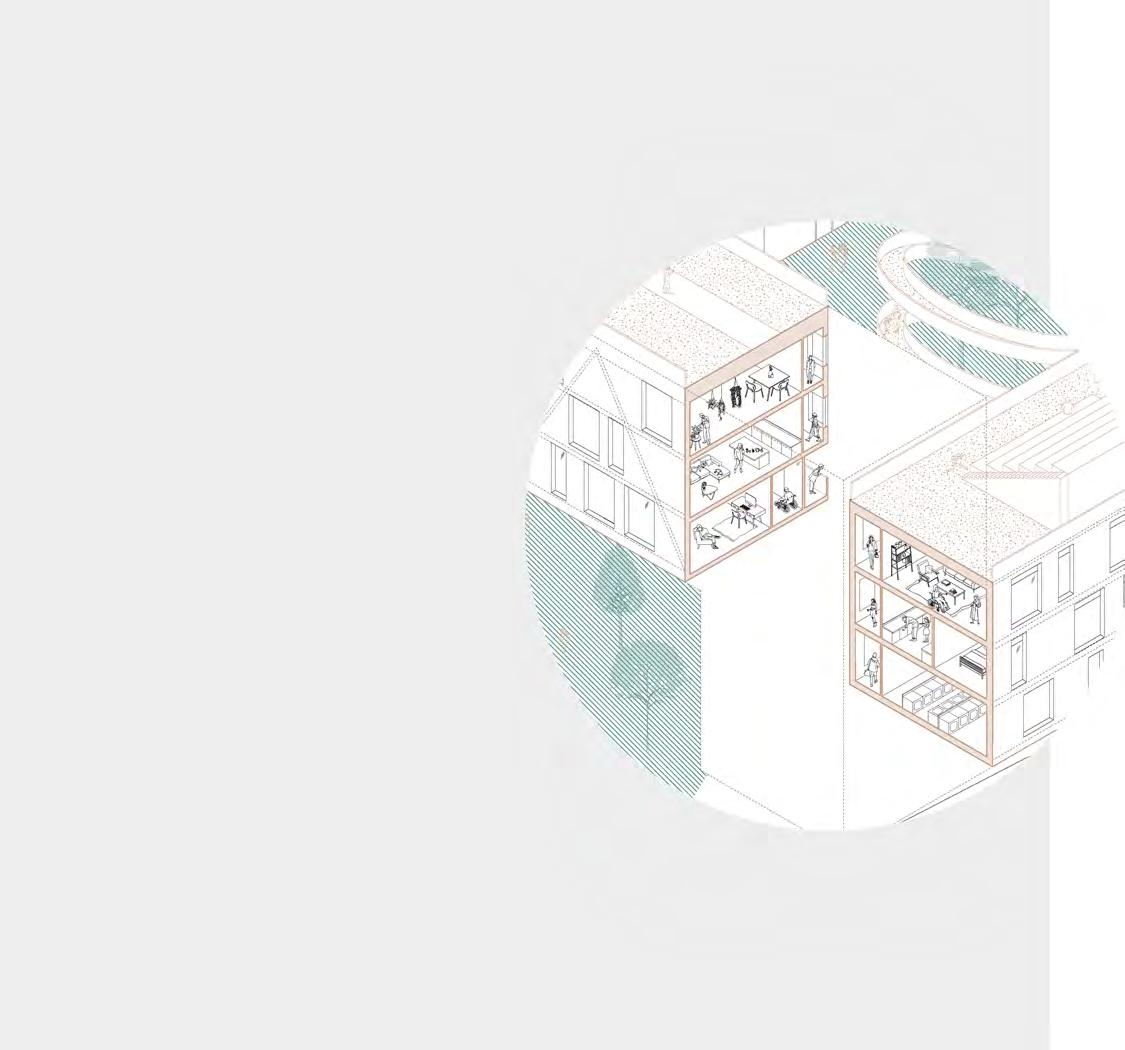

Preserving Community within Preservation
Project: Adaptive-Reuse Community Center
Location: Bushwick, Ny
Professor: Astrid Lipka and Mark Ratatansky
New York City is filled with culture and history often occuring in buildings. Some of these buildings have enough historic and/or cultural importance that they become landmarked. Allowing the preservation of said culuture and history to live beyond the years of those who occupy it. But at what point does that help the community it is in?
Preservation often is viewed elitist because of what types of buildings are preserved or the areas that they are preserced in. So in turn focusing in on a neighborhood that has risk of gentrification. Bushwick has been rapidly changing and the community has been pushed out.
Community groups are key aspects of keeping communities alive. Sometimes the spaces they are in are not ideal or sufficient to allow for their programs to go to their full potential. By incorportating landmark buildings and community groups together it will give the meaning of preservation a new dimension. This project is exemplifying and honoring what the community has. It also gives the community a chance to partake in a building that is not accessible whether it be status or mobility. 670 Bushwick Avenue gives an Insight of what could happen to landmark buildings that are either vacant or led to disrepair. Preservation is much more than just buildings it is about time to challenge the LPC to do more than that.
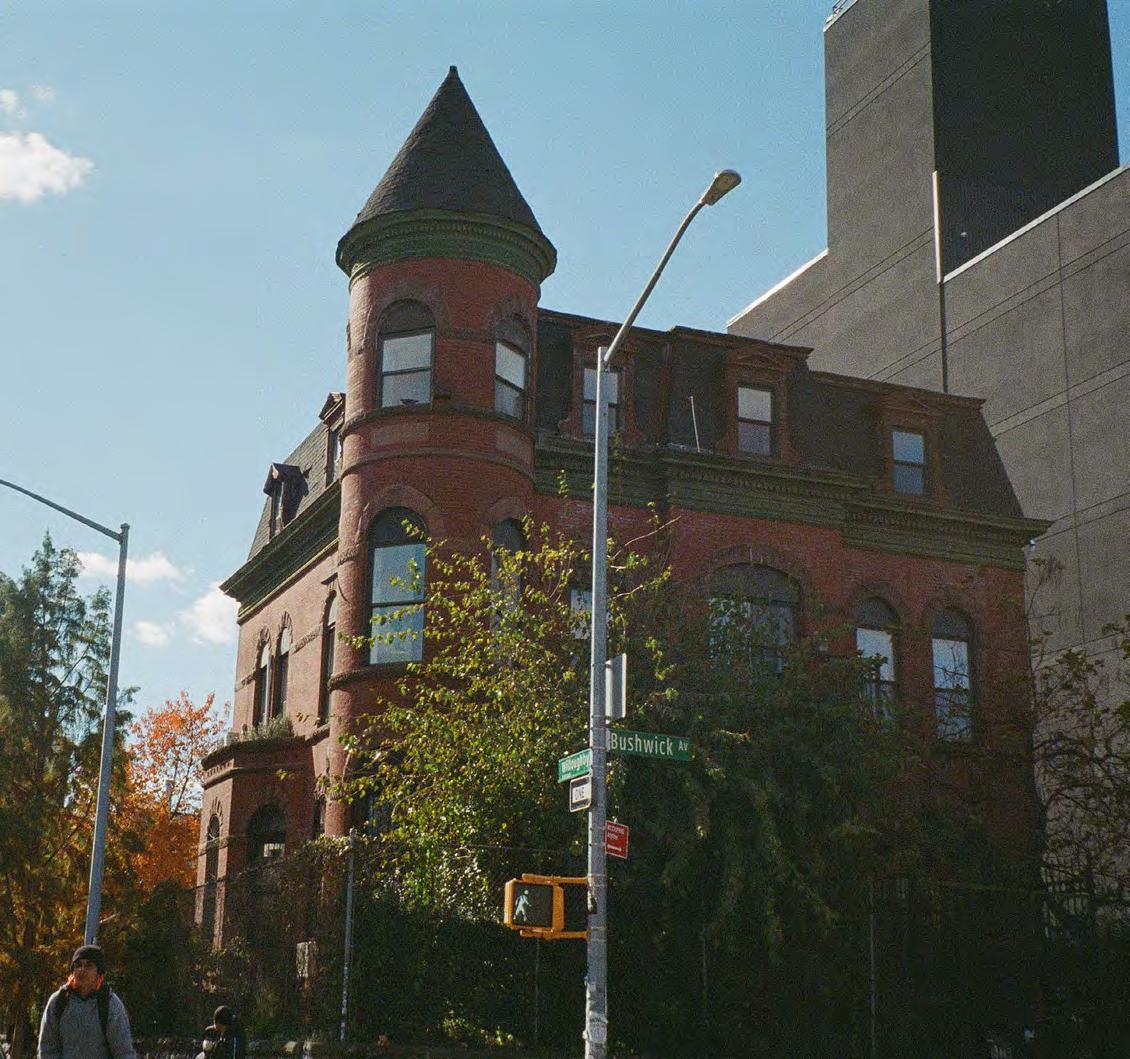
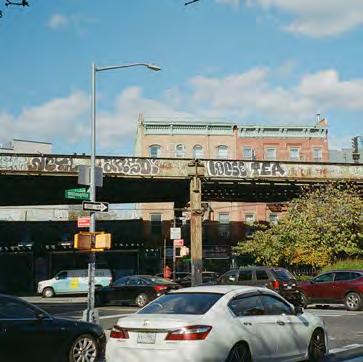
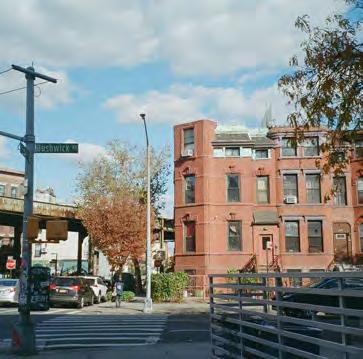
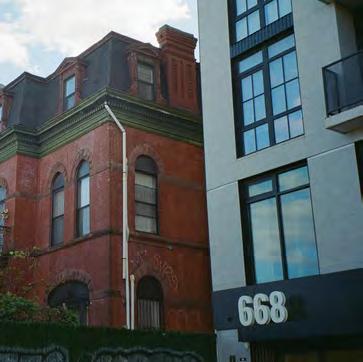
Jackson Heights for All!
Project: Open Streets
Collaborators: August Breen, Tuhina Dutta & Ariana Medina
Location: Jackson Heights, Ny
Professor: Brian McGrath
This studio explored the different communities in New York City and raises the question of what a non-heteronormative society looks like. By first investigating Queer spaces in both East and West Villages in New York in the 70s and 80s, we questioned what made those spaces so accepting and radical. This was done by a series of interviews with people of all races, sexes and orientations who lived in those spaces. As the studio progressed the realization that these non-heteronormative spaces are not just based on sexual orientation but has complex layers to it.
Jackson Heights is a huge queer and immigrant neighborhood, the culture there symbolizes New York City as a whole. On Roosevelt avenue you see the complexities of all these different communities coming together, such as a gay bar right next to a lawyers office which then has people trying to illegally sell greencards. Everything coexists together and everyone has an understanding of each other. My partners and I studied as well as interviewed many food vendors in the neighborhood, it slowly became apparent that more non-formal architecture was needed.More open streets to allow these non-formal gatherings happen.
This studio was also apart of an exhibition at Parsons School of Design, where guest were invited to learn about Jackson Heights and create their own open street to further emphasize the community taking control of their own space.
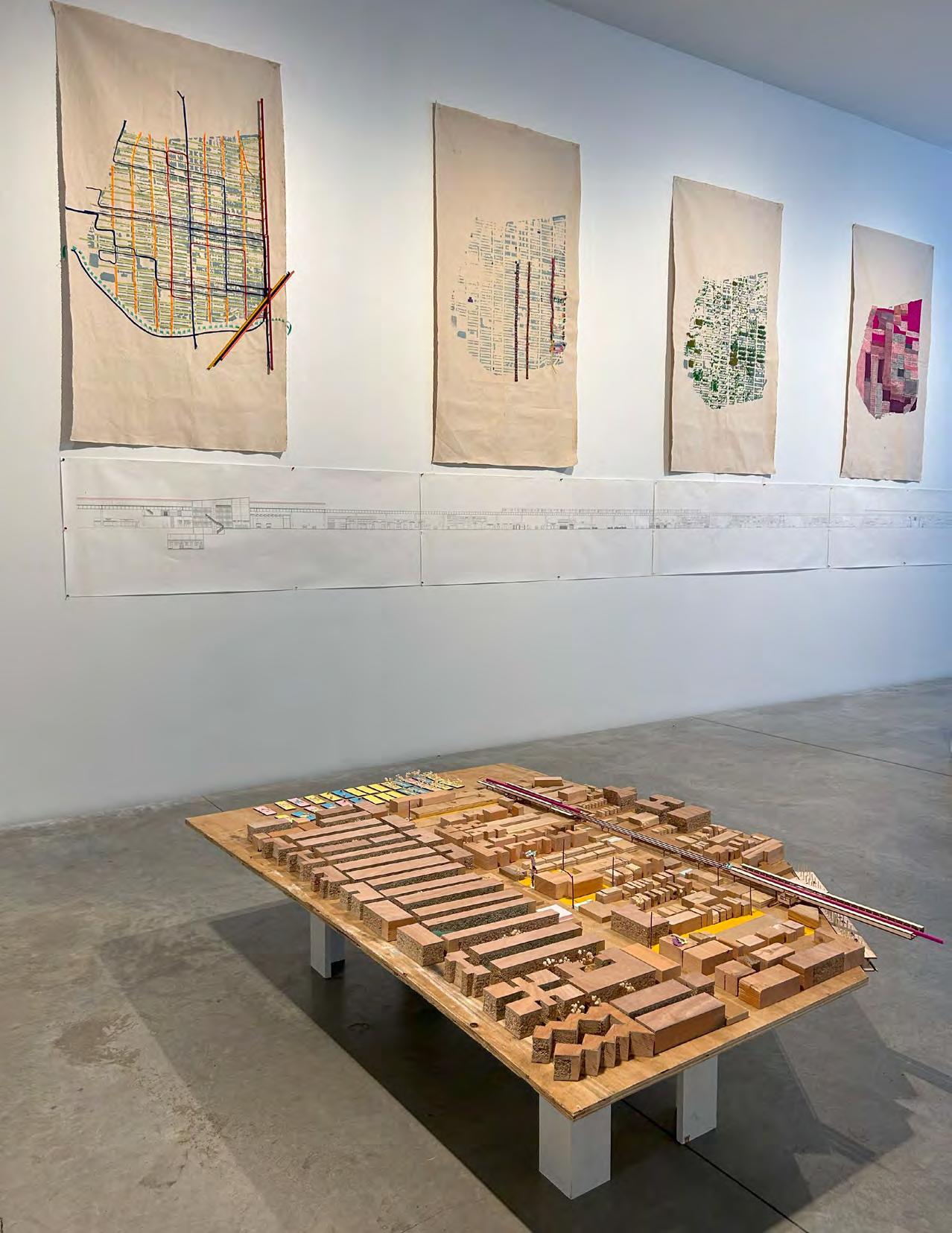
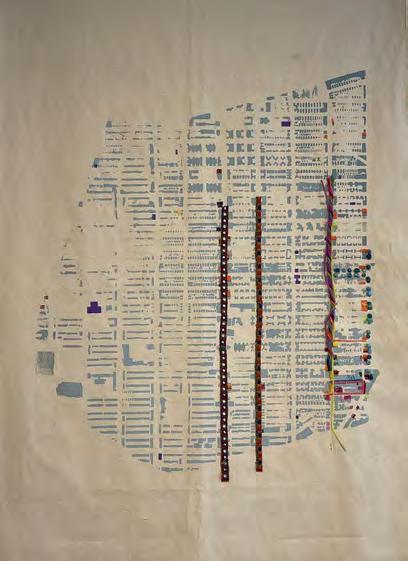
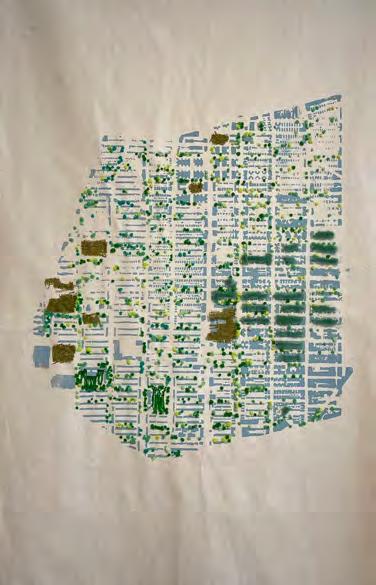
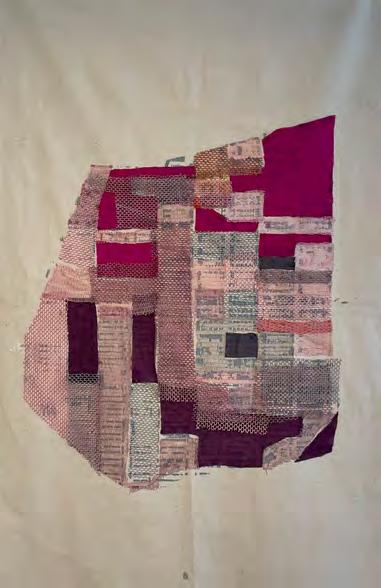
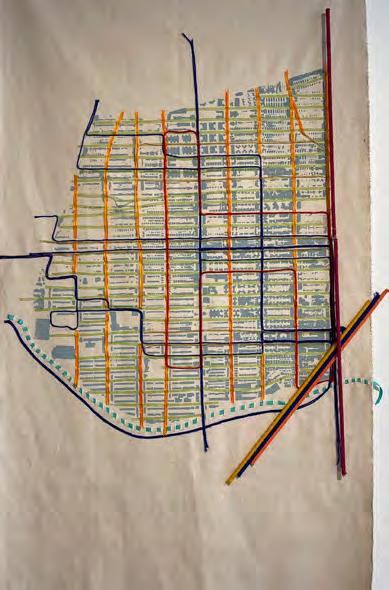
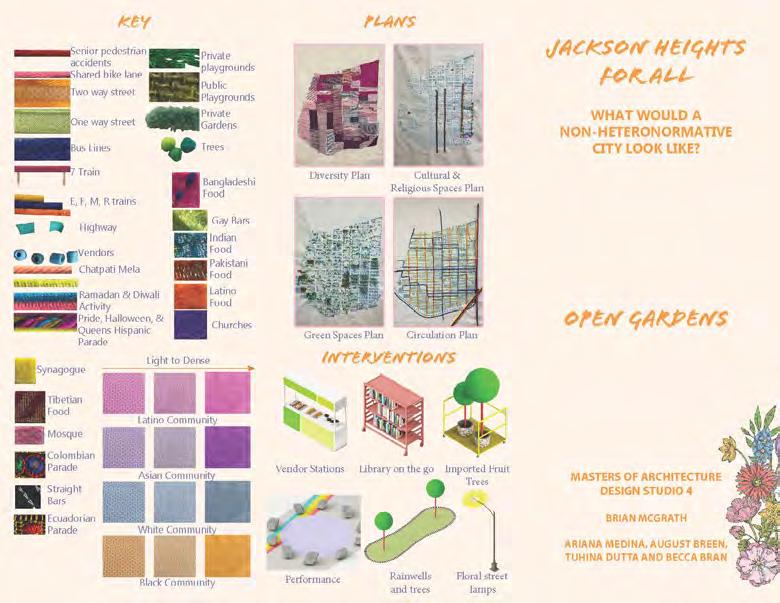
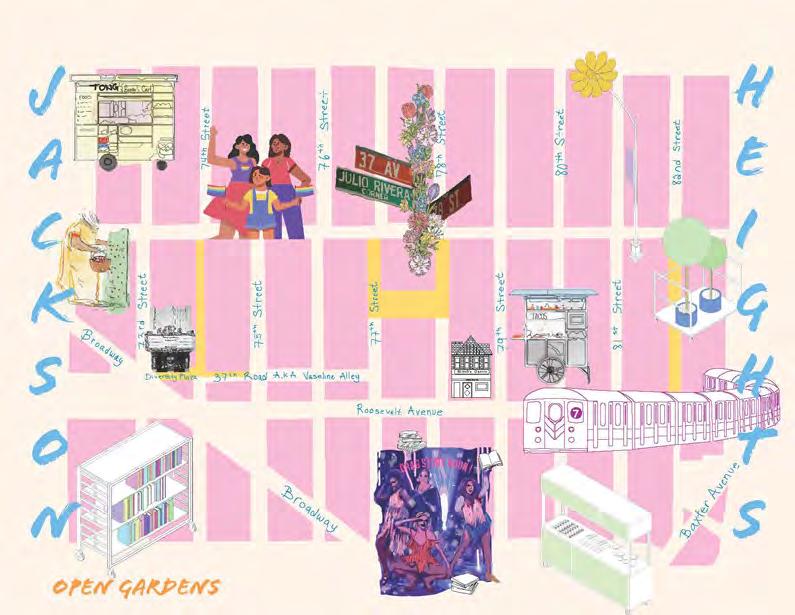
Oyster Shell Tiles
Project: Material Study
Partner: Nick Cuervo-Torello
Professors: Yvette Chaparro & Barent Roth
The goal of this project is to create a functioning tile in a non-carbon intensive way while also using waste products. Oyster shells are often disposed of and sent to landfills where they pile up without decomposing. Typically, oysters are broken down to a fire powder and fired in a kiln to produce a compound called calcium oxide, also known as quicklime. This is a carbon intensive process as carbon dioxide is released when the shells are fired in the kiln. The kiln also needs to be fired at very high temperatures which requires additional energy.
We have found an alternative process that involves mixing the crushed shells with a solution and then firing in the kiln at a lower temperature to create calcium oxide. This process does not release carbon dioxide and does not require as much energy, thus being less carbon intensive. In a way, we are decarbonizing the oyster shell production

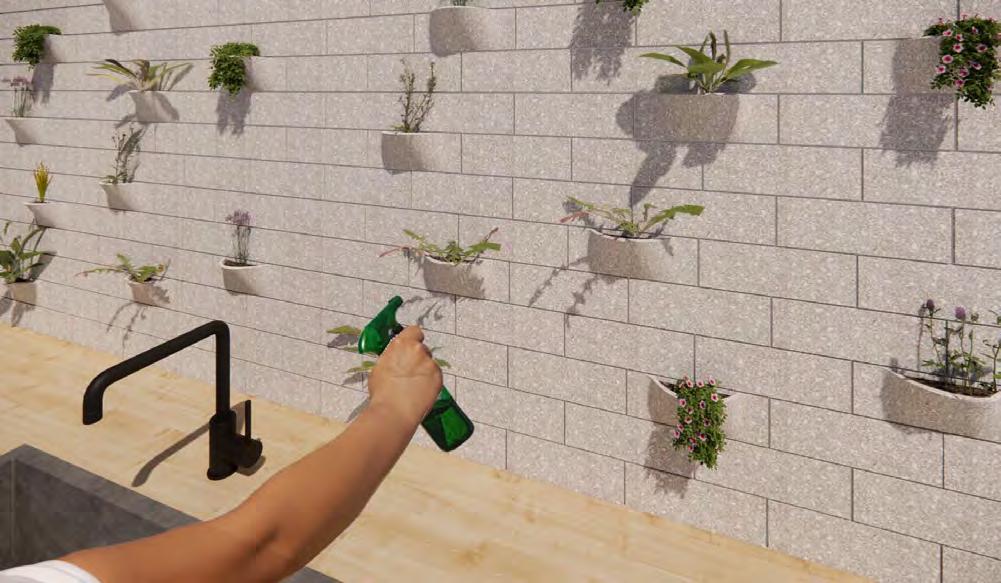
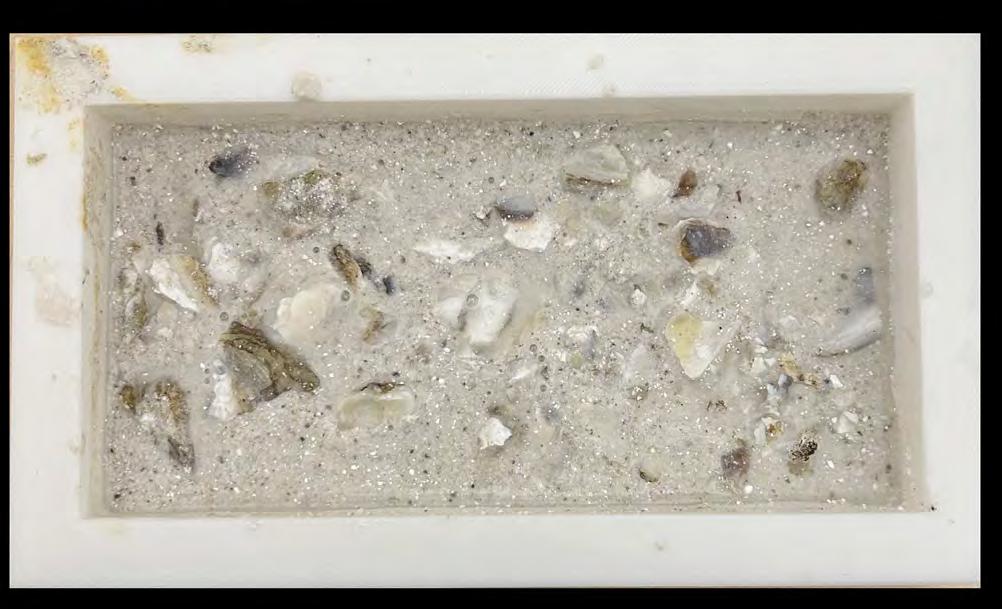
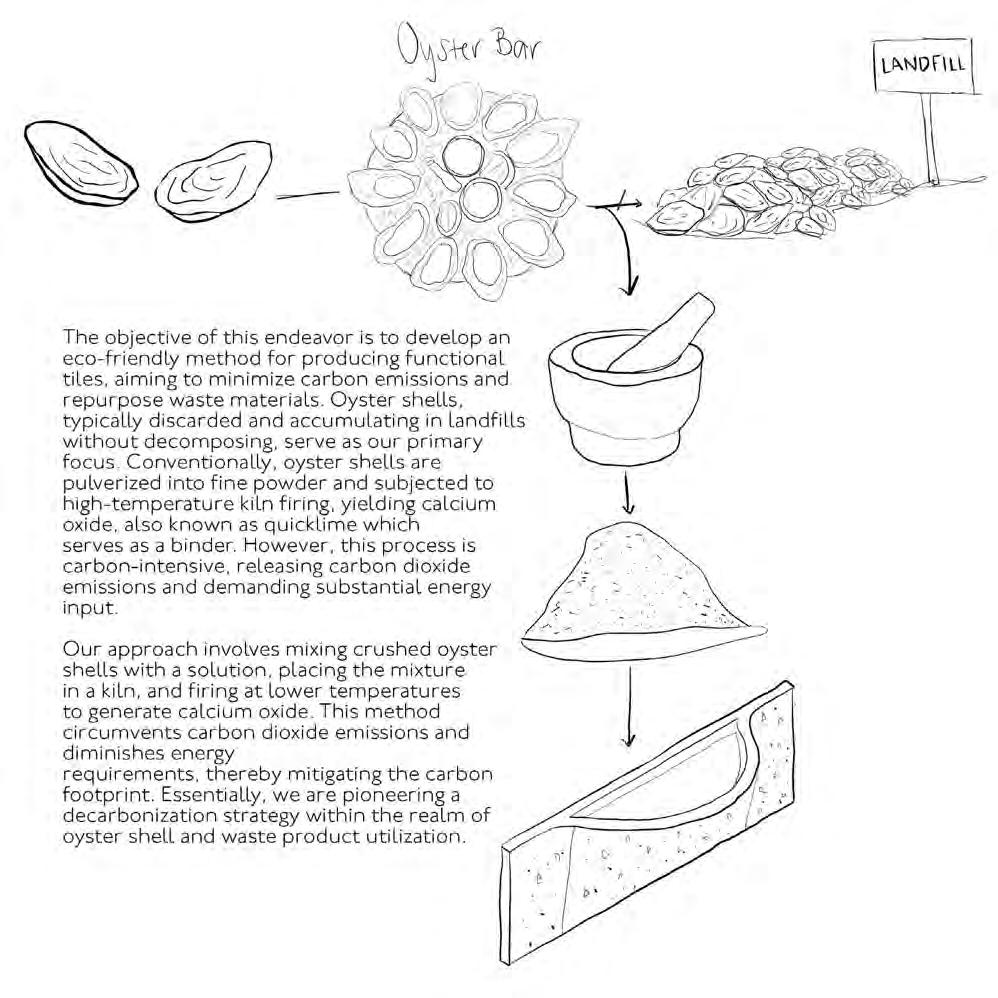
Healing Red Hook
Project: Mixed-Use Housing
Location: Red Hook, Ny
Professor: Rachely Rotem
Red Hook has been a neglectful community in New York City, after Hurricane Sandy little has been done to help the current residents from rebuilding their communities. Red Hook is a major flood zone, food desert as well as being affected by urban heat island effect. Located right across the street from NYCHA housing, Healing Red Hook tackles to intertwine the existing community and future residents of Red Hook. After speaking with a resident from the Red Hook Houses, it became clear that new emerging architecture needs to speak to those already present.
Taking in both financial and ecological aspects of the neighborhood, this housing unit is both mixed-income and mixed-generational. There are studio, one bedrooms and two bedroom units for various types of housing needs. The ground floor of the building is primarily all public space, serving both residents and community members. Necessities such as a grocery store, office spaces, community rooms and more. There is also no housing on the ground floor because of the major flooding it will not risk anyones homes. The courtyard combats the urban heat island effect by providing shade during the summer months when people walk by. Healing Red Hook uses architecture to combat the trauma of natural events but also uplift the current neighborhood it is in.
